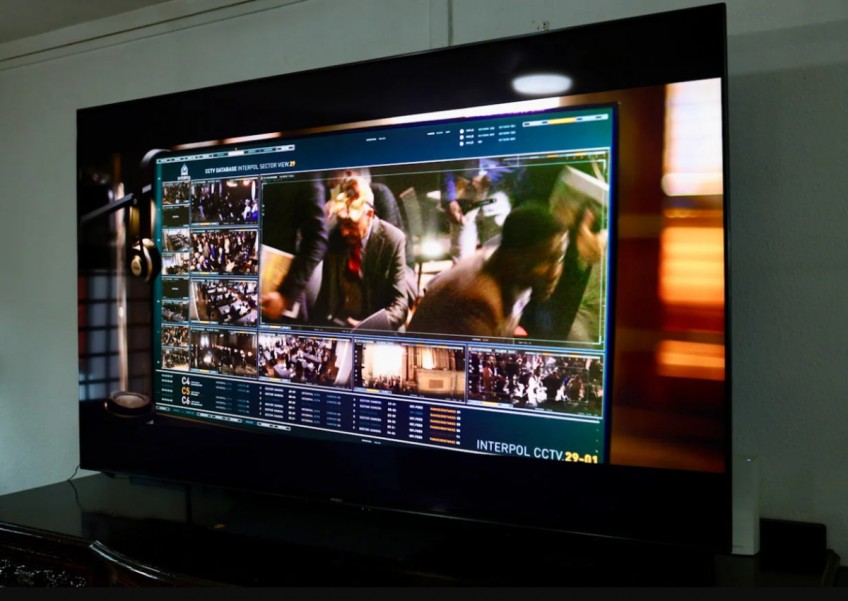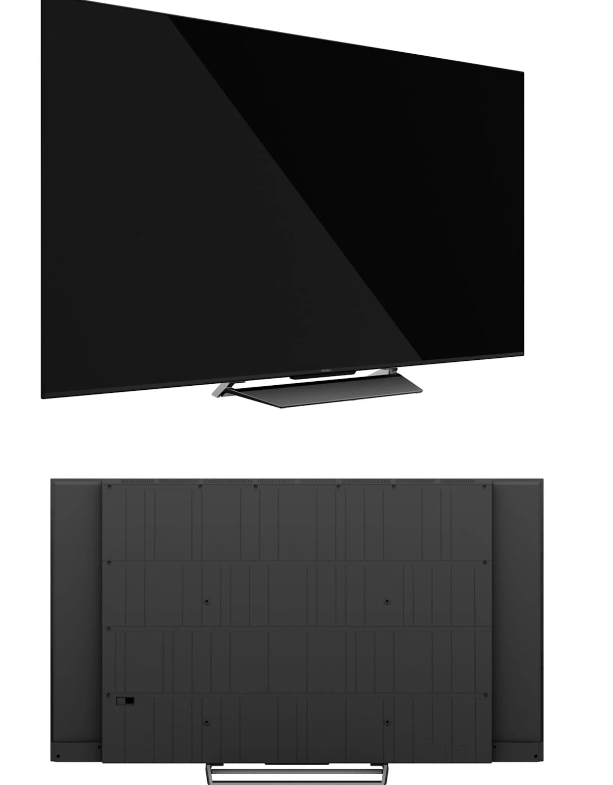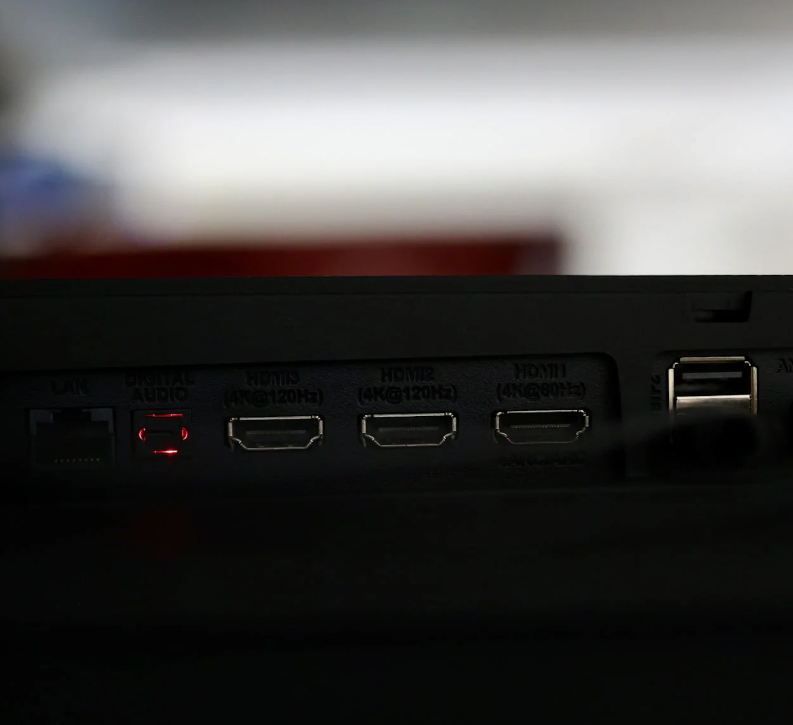Prism+ U75 review: Go big and go home (to a vibrant 75-inch TV)

Thrift is a craft, and sometimes you need to kiss many frogs before you find which ones you can smooch without going to the hospital, let alone find a prince or princess. Or something like that.
The fact that you can buy a 75-inch TV for less than the cost of a flagship Samsung or Apple phone simply boggles the mind, and this is all thanks to companies like Prism+, TCL, Hisense, iFFalcon and so on — thanks to them, large TVs are realistic options, provided you don't mind not having them bells and whistles.
For most of us familiar with 55-inch and 65-inch TVs, the idea of an extra ten inches might seem a little extreme — said no one ever — given the relatively smaller sizes of living rooms these days.
Still, three metres of viewing distance, which is the recommended distance for 75-inch TVs, is pretty doable and worth considering if you have the space. My first impression was that this would be way too big (usually not what she said), but I'm starting to think 75-inch makes sense these days.
Walking over to a regular TV doesn't seem worthwhile when you can consume content from pretty much anywhere — tablet, laptop, phone — and direct audio to wireless speakers. It's almost like you need an epic experience to trump convenience and comfort. So here we are; the 75-inch might well have enough flair to impose itself as the new norm.
What we have here today is the Prism+ U75, an upgrade over the affordable Q75. It's priced at $2,299 with all discounts thrown in. While that is almost $800 more than the cheaper Q75, the U75 has several upgrades that make it a step up, including mini LEDs, which is a considerable visual upgrade.
But before we continue, here's the disclaimer: I won this TV in a Prism+ lucky draw instead of loaning it, which is the usual fashion. I have no obligation to review this, but the TV is interesting enough to warrant one because it might check all the right boxes for basic performance and price. Cheap TVs like Prism+'s own Q75 get the job done cheaply, but the U75 meets the minimum conditions for a good experience.
I don't think anyone buys a Prism+ TV expecting cutting-edge, Red Dot Awards-level designs and materials. However, the U75 has done an excellent job of making the TV look presentable with a stylish, patterned rear panel.
And since it's Google TV, the interface looks polished and familiar, not unlike navigating a phone. Given that we can hardly see anything aside from the screen most of the time, I would say the design element is pretty much a moot point for most people.
The main selling point of the U75 — as with all Prism+ TVs — comes down to the price in relation to the technology. Mini LEDs ensure the backlighting is more evenly distributed, translating into a more pleasant viewing experience. Is it $800 better? Again, if all you need is a large TV that works, you're better off with the Q75 with basic backlighting.

But if you're a bit of a streaming junkie and watching show after show of dimly-lit scenes on a basic TV is starting to annoy you, then the U75 with its mini LEDs should be your starting point. OLED no doubt produces richer colours and renders dark scenes better than mini LEDs, which can still present a faint white glow, but that's only if you are really picky.
In which case, what possessed you to read this in the first place? Kidding aside, the mini-LED makes sense as an excellent Goldilocks option, given that it is cheaper than OLED; you don't have to 'baby' the TV since there's no burn-in to worry about.
Brightness is undoubtedly not an issue for the U75 with 1,400nits peak brightness, and the excellent backlighting helps the panel achieve a decent contrast performance; the colours are certainly rich enough to warrant the Dolby IQ and HDR10+ certifications, and I certainly am not complaining about what I'm getting for the money.
It's definitely no Bravia, but it sure looks nice enough with 4K content. However, it doesn't do any upscaling for non-4K content so regular broadcast or Full HD content will look somewhat dull.
Also nice enough are the inbuilt speakers. My opinion is that it makes sense to get at least a soundbar system so that the sounds match the visuals, otherwise it just feels like you have a really huge smartphone.
The speakers on the U75 are more powerful compared to their cheaper counterparts (2x30W vs 2x12W) and sound adequate for modestly-sized rooms. Like the TV panels, the speakers are Dolby-certified (Atmos) and are decent enough for clarity. The certification may underdeliver its lofty promises about its spatial performance, but that badge always assures me that the speakers won't suck.

The theme of covering the essentials extends to gaming; gamers will be pleased to know that the U75 has a refresh rate of 120Hz and provides two HDMI 2.1 ports to that end. The TV also supports Variable Refresh Rate (VRR) and Auto Low Latency (ALLM).
In a nutshell, the U75 is pretty basic, but that's not necessarily bad — if you're consuming mostly 4K content, the lack of upscaling is less of a pain. It's only an issue if you expect everything, regardless of source, to be razor-sharp.
At this point in time, 75-inch offerings from the usual suspects are pretty limited, and the prices are also significantly higher. Given the price differential and adequate feature set, the U75 is a pretty good buy; it's like having a phone with a really good screen that you enjoy watching content on and blowing it up to 75 inches. And it's only slightly more expensive.
ALSO READ: Sony highlights PS5 momentum as hardware sales top 50 million
This article was first published in Potions.sg.